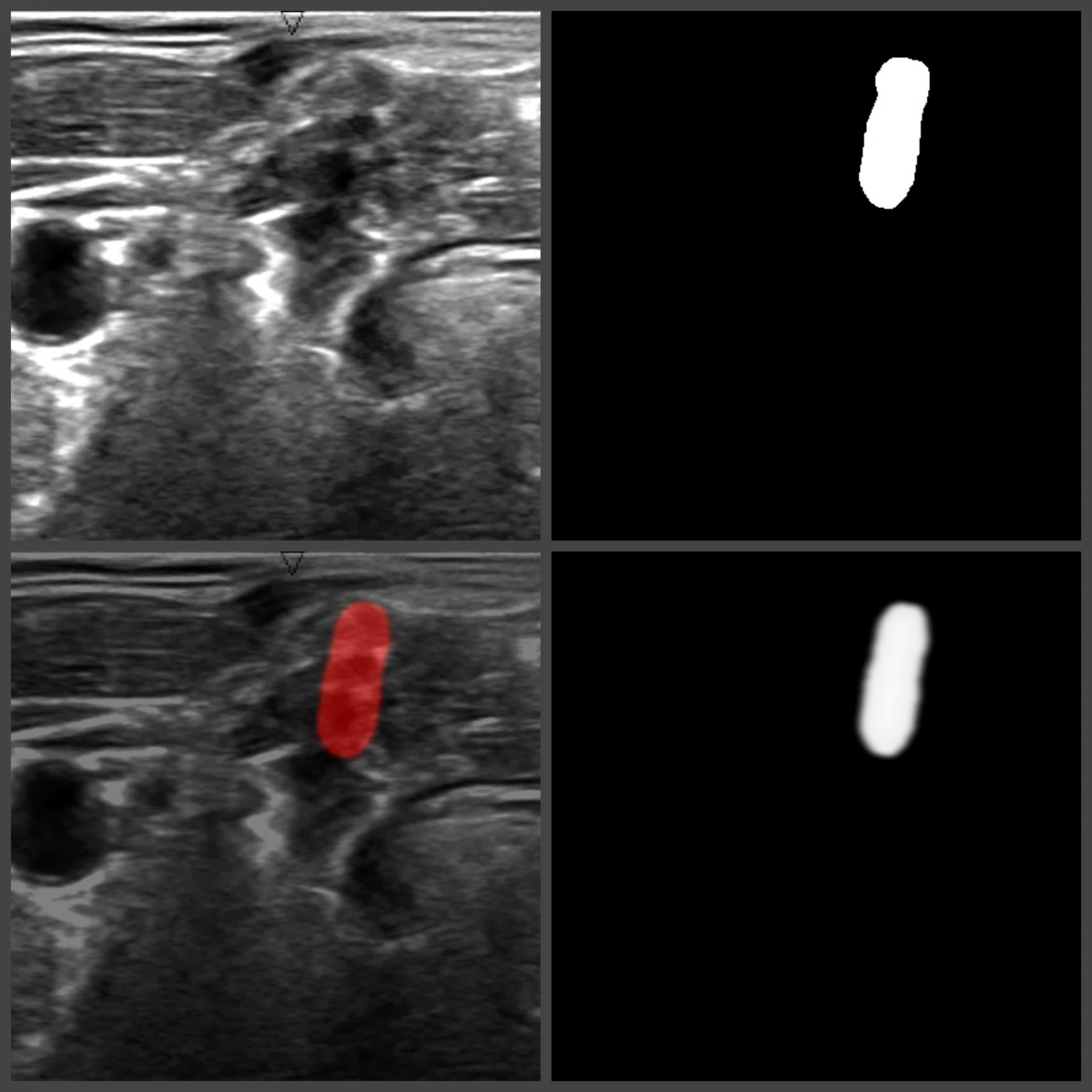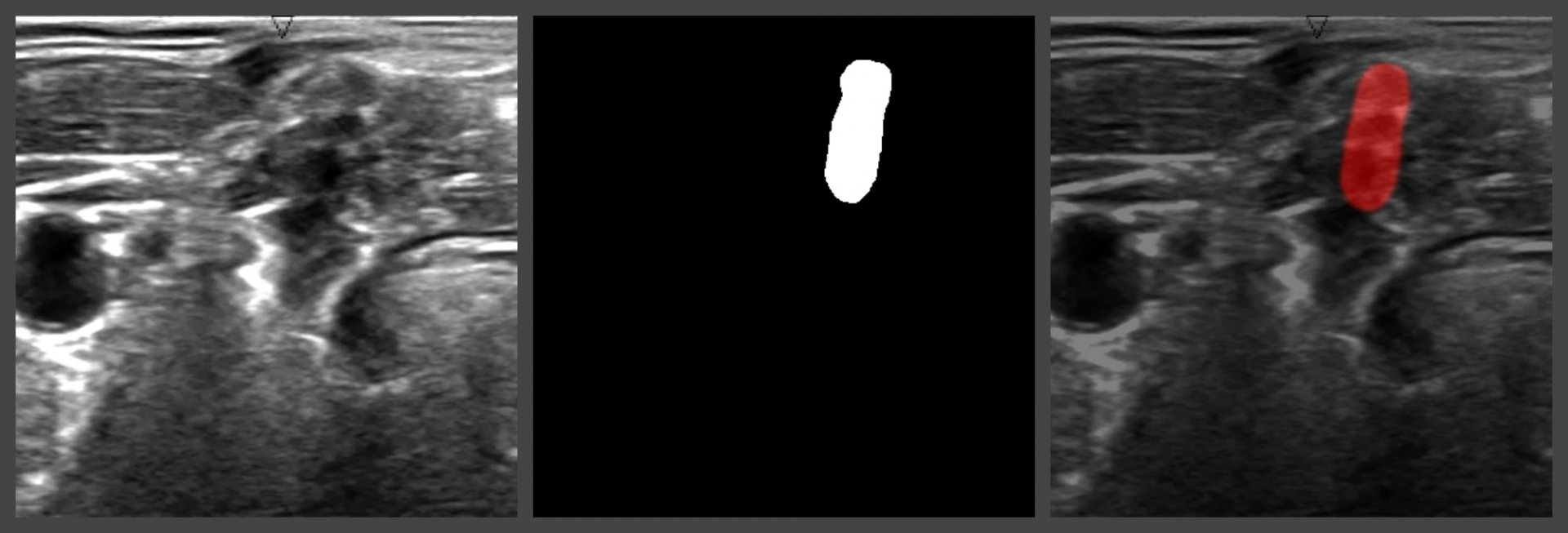How can doctors detect a brachial plexus on an image by means of technology? The answer is: neural networks and computer vision.
The subject area of this project is medicine. To be more specific – shoulder surgery. Surgery often implies some patient’s discomfort and pain during the post-surgery recovery. Currently, the patient’s pain is frequently managed by means of drugs, which causes plenty of unwanted side effects.
One of the methods to reduce the patient’s pain instead of using drugs is implanting catheters that block or mitigate the pain at the source. Pain management catheters reduce drug addiction and speed up the patient’s recovery. So, the catheter should be implanted into the correct area of the body and affect the nerves directly.
The project comes up with the solution which allows users to detect a brachial plexus on the ultrasound picture and the exact area in the patient’s body to implant the catheter. To achieve this, Computer Vision and machine learning technologies are applied.
The main challenge of the project was to train and set up the neural network to provide users with a high segmentation accuracy, for which reason a lot of time was spent on setting the neural network learning rate, its size and defining the optimal learning deviation (optimal loss function).
To solve this problem, we chose UNet architecture. It is a special neural network architecture developed for biomedical images segmentation. The hyperparameters tuning has shown that the maximum accuracy in recognition is achieved through the combination of Dice + Binary Crossentropy as a loss function.


As a result, a script connected with the neural network was developed. The ultrasound image of the shoulder joint comes as an input. As an output, there is an image with the highlighted brachial plexus. Since it is a script, it can be used in any type of apps (web, desktop, mobile). The proper neural network training and setting has allowed getting ~70% accuracy in recognition.